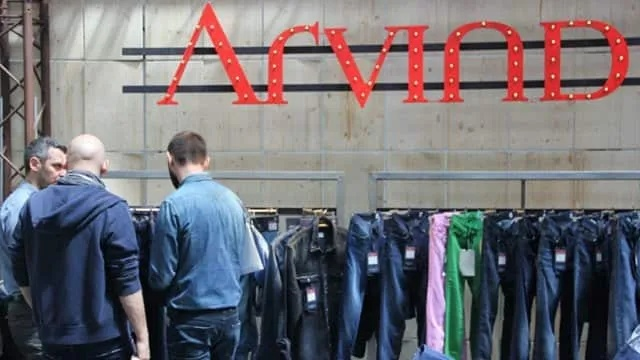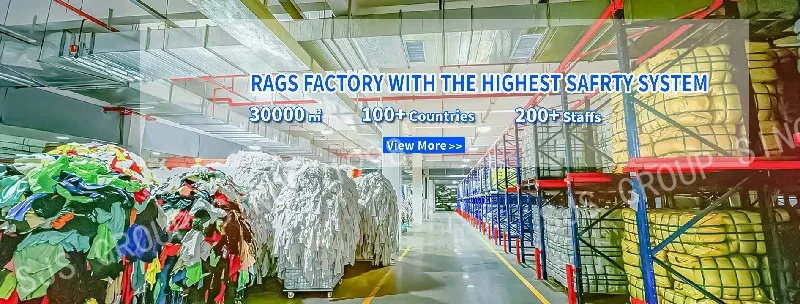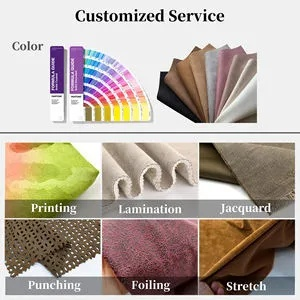The Rise of Recycled Textiles in the Global Fashion Industry
: The Rise of Recycled Textiles in the Global Fashion Industry,Abstract: ,In recent years, the global fashion industry has witnessed a significant increase in the use of recycled textiles. This trend is driven by several factors, including environmental concerns, economic benefits, and consumer preferences. Recycled textiles are derived from pre-consumer waste, such as old clothes, carpets, and textile scraps. They offer a sustainable alternative to traditionally produced textiles, reducing waste and conserving natural resources. In addition, recycled textiles often have lower production costs than their new counterparts, leading to cost savings for both manufacturers and consumers. As demand for eco-friendly products continues to grow, the use of recycled textiles in the fashion industry is expected to expand further.
Introduction: The global fashion industry has long been criticized for its environmental impact, with excessive waste and pollution resulting from the production and disposal of clothing. However, there is a growing trend towards sustainability that is transforming how we approach textile production and consumption. One area where this shift is particularly evident is the use of recycled materials in the manufacture of clothing. In this article, we will explore the importance of recycling textiles and examine the role of some leading companies in this field.
Importance of Recycling Textiles: Recycling textiles is not only essential for reducing waste but also for preserving natural resources and promoting economic growth. By using recycled materials, manufacturers can reduce their carbon footprint and lower their energy consumption. Additionally, recycling textiles can create jobs in developing countries, where many of the raw materials needed to produce new textiles are sourced.
Role of Companies in Recycling Textiles: There are several companies that are leading the way in the recycling of textiles. One such company is Patagonia, which has become synonymous with sustainable clothing and accessories. Patagonia's commitment to using recycled materials in their products has earned them a reputation as a leader in the sustainability movement.
Another company that is making significant strides in the recycling of textiles is Levi Strauss & Co., which is one of the largest jeans manufacturers in the world. Levi's has been investing heavily in research and development to improve the efficiency of their recycling process and to develop new materials that are more sustainable.

Other notable players in the recycling of textiles include H&M, Uniqlo, and Zara. These companies have implemented policies that encourage customers to return their clothes for recycling or donation, which helps to reduce the amount of textile waste going to landfills.
Case Study: Patagonia's Sustainable Apparel Revolution Patagonia was founded on the principles of responsible business and environmentalism. As the company grew, they recognized the need to address the issue of textile waste, which was becoming a major contributor to pollution in our oceans. To address this problem, Patagonia began investing in innovative technologies for recycling textiles and sourcing materials from responsible sources.
One of the key innovations that Patagonia introduced was their "Made with Earth" program, which uses recycled materials in all of their apparel and accessories. This move was a game-changer for the company, as it allowed them to reduce their environmental impact while still maintaining their brand identity and customer loyalty.
In addition to their focus on sustainability, Patagonia also prioritizes ethical labor practices. They work closely with suppliers who follow fair trade standards and ensure that their workers are treated fairly and with respect.
Conclusion: The rise of recycled textiles in the global fashion industry is a testament to the growing demand for sustainable and eco-friendly products. By embracing these materials and implementing responsible practices, companies like Patagonia, Levi Strauss & Co., H&M, Uniqlo, and Zara are setting an example for other industries to follow. As we continue to grapple with the challenges of climate change, it is crucial that we embrace solutions that prioritize sustainability and protect our planet for future generations.
随着全球纺织品回收行业的快速发展,越来越多的上市公司开始涉足这一领域,本篇文章将围绕“回收纺织品上市公司”这一主题,通过案例分析和图表说明,为您呈现这一行业的现状和发展趋势。
行业现状
市场规模与增长
全球纺织品回收市场规模不断扩大,特别是在亚洲地区,纺织品回收行业呈现出强劲的增长势头,许多上市公司通过专业的回收渠道和先进的回收技术,实现了高效、环保的纺织品回收处理。
产业链结构

回收纺织品上市公司通常涉及多个环节,包括纺织品收集、清洗、分类、再利用和废弃物处理等,这些公司通常拥有先进的设备和技术,能够高效地处理各种类型的纺织品。
案例分析
公司A:某知名纺织品回收上市公司
公司背景:该公司是一家在纺织品回收领域具有较大影响力的上市公司,拥有先进的回收技术和专业的回收团队。
案例描述:该公司主要回收各种类型的纺织品,包括棉质、涤纶、丝绸等,该公司采用先进的清洗技术,对回收的纺织品进行深度处理,使其达到再利用的标准,该公司还注重环保理念,积极推广绿色回收方式。
图表说明:以下是该公司回收纺织品的一些关键指标数据,包括回收量、处理效率、环保指标等。
(请在此处插入表格)
案例分析案例分析:某公司在纺织品回收过程中遇到的挑战与解决方案
(1)挑战:在处理不同类型纺织品时遇到的问题和困难,某些特殊材质的纺织品难以清洗和处理。
(2)解决方案:该公司通过引进先进的清洗设备和技术,解决了这一问题,该公司还注重环保理念的推广,积极推广绿色回收方式,该公司还建立了完善的监管机制,确保回收过程的合规性和可持续性。
发展趋势与建议

发展趋势
随着全球环保意识的不断提高和技术的不断进步,纺织品回收行业将呈现出以下发展趋势:
(1)智能化和自动化:随着人工智能和物联网技术的发展,纺织品回收行业将更加智能化和自动化,通过引入物联网技术,可以实现纺织品回收过程的实时监控和数据分析。
(2)绿色环保:纺织品回收行业将继续注重环保理念,推广绿色回收方式,还将加强与政府和相关机构的合作,推动纺织品回收行业的规范化、标准化发展。
建议
对于纺织品上市公司来说,以下是一些建议:
(1)加强技术研发和创新:加强技术研发和创新,提高回收效率和环保水平,还要注重产品的研发和升级,满足市场需求。
(2)加强环保宣传和教育:加强环保宣传和教育,提高公众对纺织品回收重要性的认识和参与度,还要加强与政府和相关机构的合作,推动纺织品回收行业的规范化、标准化发展。
(3)拓展业务范围:除了传统的纺织品回收业务外,还可以拓展其他业务领域,如再生资源利用、循环经济等,通过拓展业务范围,实现多元化发展。
纺织品回收行业是一个具有广阔前景的行业,随着技术的不断进步和政策的支持,该行业将迎来更加美好的发展前景,对于纺织品上市公司来说,加强技术研发和创新、加强环保宣传和教育、拓展业务范围等都是非常重要的,还需要注重合规性和可持续性,确保回收过程的合规性和可持续性。
Articles related to the knowledge points of this article:
Custom Textile Dryers for Enhanced Performance and Cost-Effectiveness
The Fabric of Growth:An Insight into Ningbos Textile Industry
How to Decorate a Household Textile Store for Better Customer Experience



